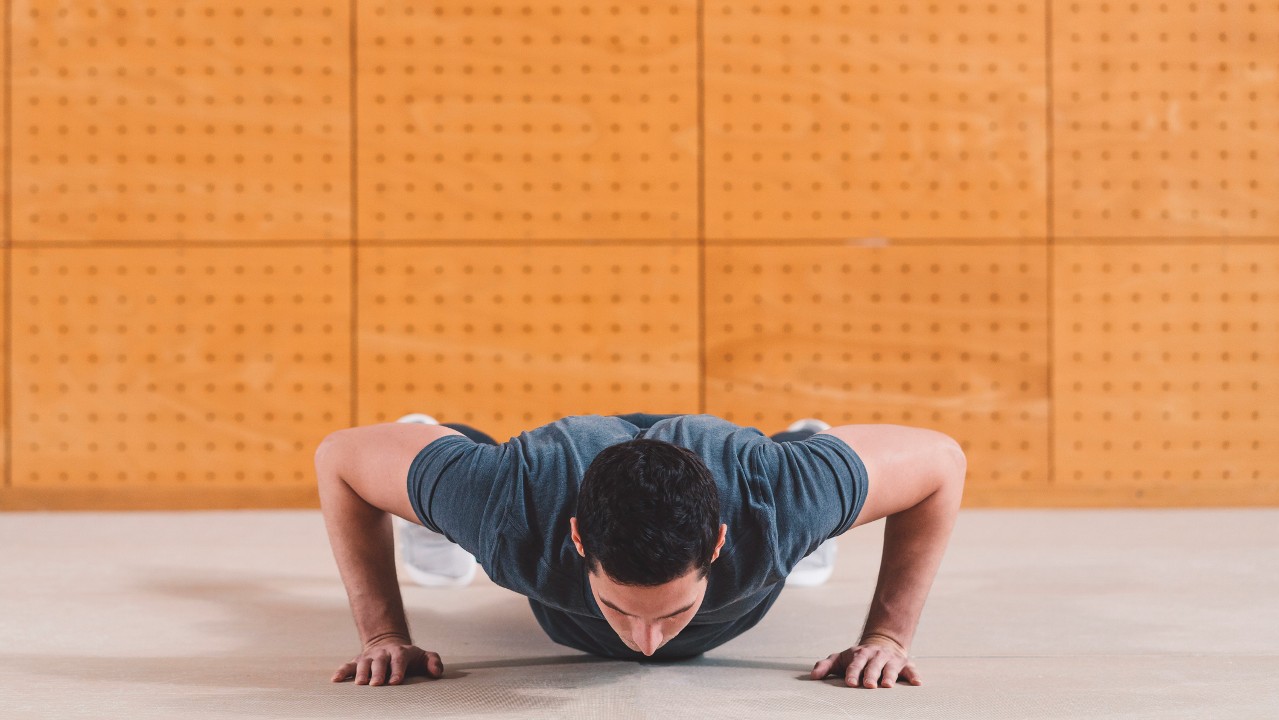
Looking for a full-body workout you can do any time, anywhere? Look no further.
This seven-move bodyweight circuit targets all the major muscle groups, front and back, while challenging your cardiovascular fitness and mental resilience.
“The beauty of this 30/30 circuit is you can do it anywhere – at home, at the gym, on holiday, in your lunch break,” says Andrew Walls, personal trainer at all-in-one gym subscription company Gympass, who devised this bodyweight workout.
“It’s a perfect circuit to have in your back pocket for a full-body blast.”
Bodyweight Circuit
The circuit kicks off with a burpee, then cycles through upper-body, lower-body and core movements to build strength and test your core stability.
“The plan is to rotate between each move as you work for 30 seconds, rest for 30 seconds, and repeat for as long as your schedule permits,” Walls explains.
“Remember to warm up thoroughly and practise each exercise a few times to get used to the technique,” he adds. “Then complete three rounds of the circuit for a total of 21 minutes. Finish your session with some stretching to minimise muscle tightness and soreness.”
Sign up for workout ideas, training advice, reviews of the latest gear and more.
This 30/30 bodyweight circuit can be completed two or three times a week. If it starts to feel easy, add an extra round to keep your strength and stamina progressing.
1 Burpee
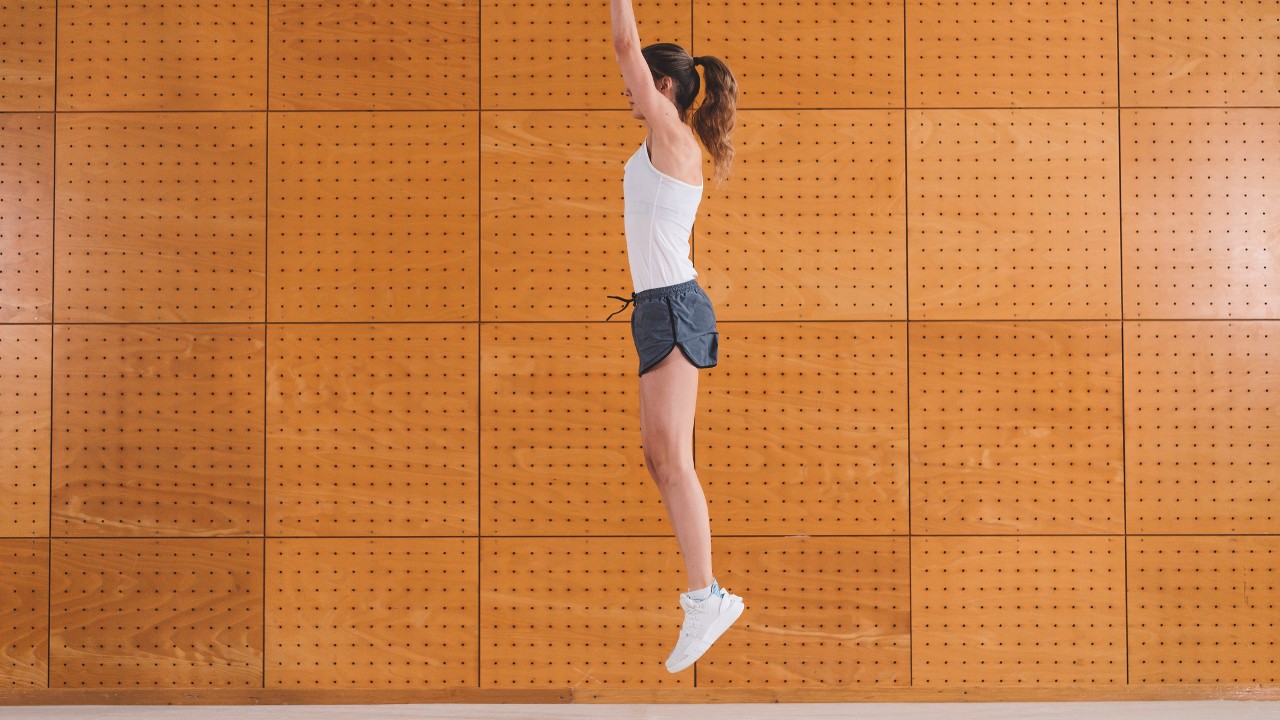
Time 30sec Rest 30sec
From standing, take a deep breath to fill your lungs. Hinge forwards to place your hands on the floor shoulder-width apart. Jump your feet back until you’re in the top of a press-up position, then back to your hands. Exhale as you drive up to stand and jump off the floor, while clapping your hands behind your head to ensure your body is fully extended. Land with soft knees and continue into the next rep.
Walls says: “The burpee is a great full-body exercise that will test and improve co-ordination, all-over strength, cardiovascular capacity and especially mental grit.”
2 Press-up

Time 30sec Rest 30sec
Support your weight on your hands and toes, with your arms extended, hands directly under your shoulders, legs together and core engaged throughout. Bend your elbows, keeping them close to your body, to lower your chest until it is just off the floor, then press the floor away until your arms are extended. If you struggle with press-ups on your toes, you can rest on your knees instead of your toes, but make sure your shoulders, hips and knees form a straight line.
Walls says: “The press-up is a phenomenal bodyweight exercise to strengthen your core stability and control, along with your chest, front deltoids and triceps.”
3 Squat
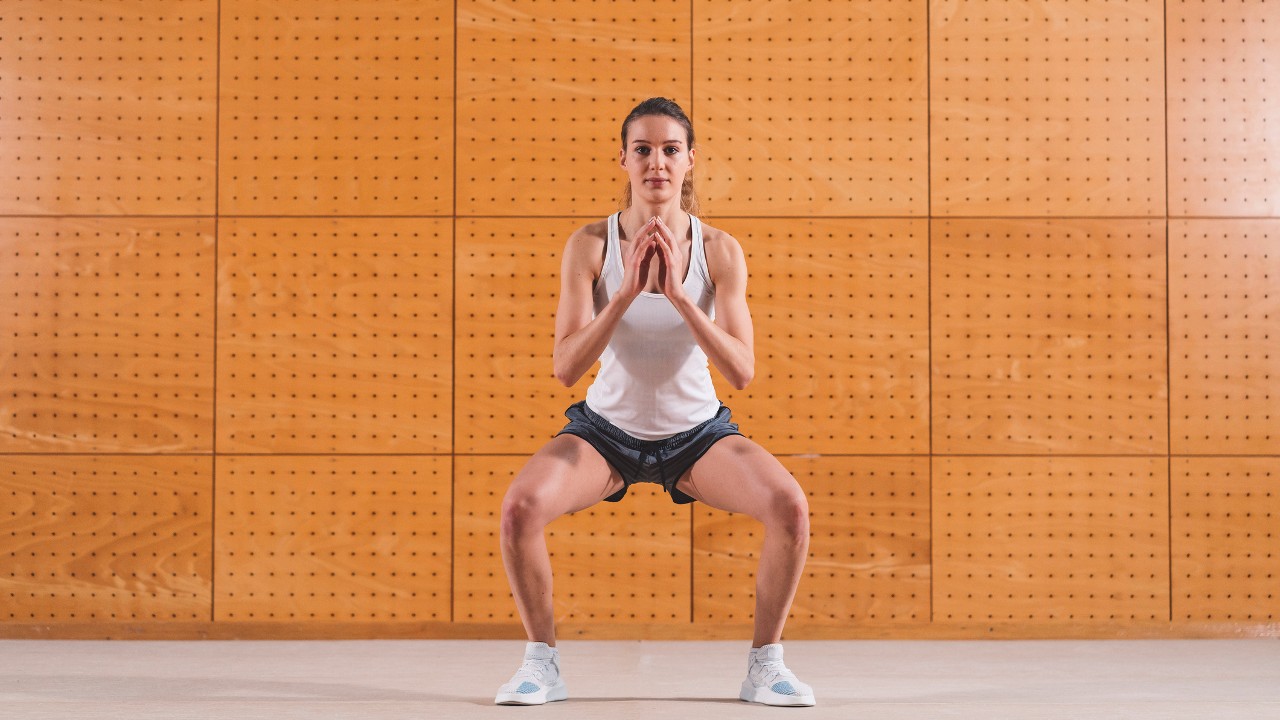
Time 30sec Rest 30sec
Stand with your feet shoulder-width apart, toes pointing out slightly. Keep your knees wide apart as you bend your knees and push your hips back to slowly lower until your thighs are at least parallel to the floor, keeping your chest facing forwards. Push through your heels to drive back up to stand your hips should end up fully extended. Breathe in at the top of the squat and out as you stand.
Walls says: “A squat is a movement pattern we use so often without ever realising it. When done correctly, squats are great for developing lower-body strength and can even help protect you from back pain if you have underactive glutes.”
4 Alternating knee to elbow
Time 30sec Rest 30sec
Start in the top of a press-up position with your hands directly under your shoulders. Bring one knee towards the elbow on the opposite side, then return it to the start. Repeat on the other side and keep alternating. Make the movements slow and controlled, focusing on using your abdominal muscles to bring your knee as far forwards as you can.
Walls says: “Dynamic core exercises are a great way to build muscular endurance in your abdominal muscles, providing great cross-over benefits for all sports.”
5 Reverse lunge
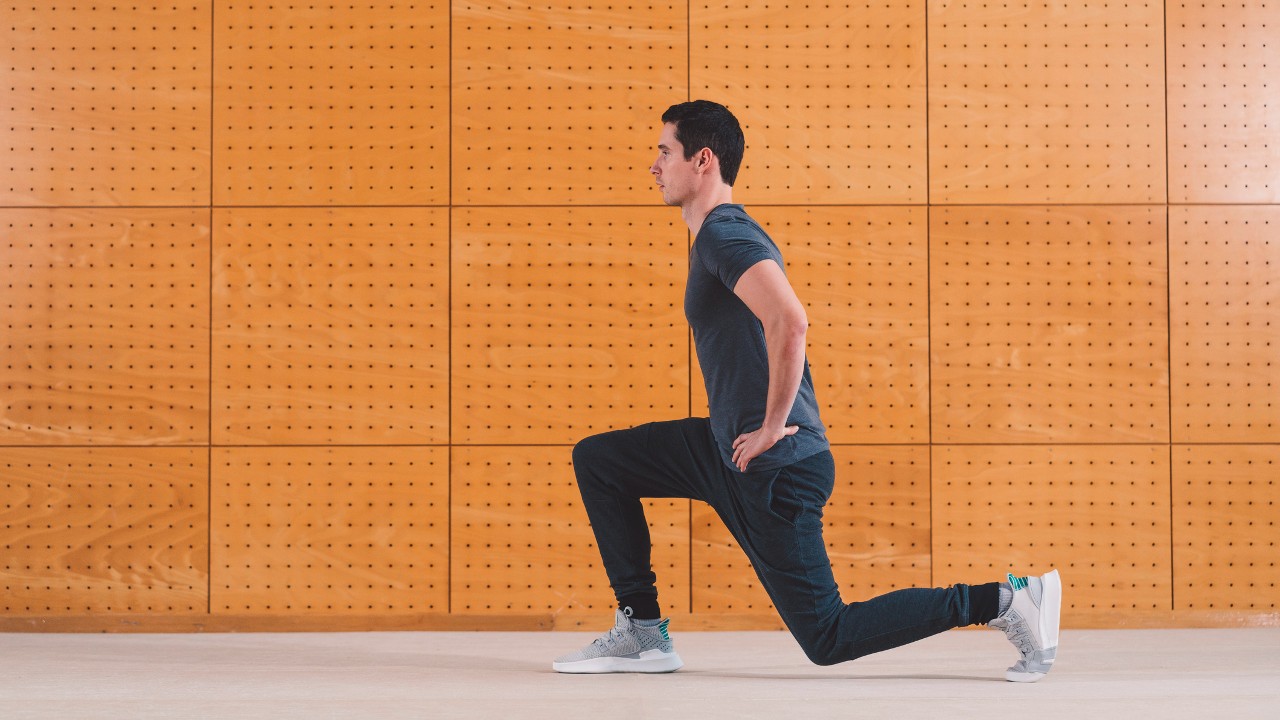
Time 30sec Rest 30sec
Stand tall with your feet together. Take a big step backwards, landing on the ball of your foot, then lower your rear knee under control until it is just off the floor. Drive back up through both feet to return to the start position, then repeat on the other side. Use your arms as a counterbalance to help maintain balance, raising your left arm like a sprinter as you move your right leg, and vice versa.
Walls says: “Ensure you take a big stride with each lunge to give your hips plenty of room to open and help fully engage your hamstrings and glutes.”
6 Bird-dog
Time 30sec Rest 30sec
Kneel on all fours with your hips over your knees and your shoulders directly above your hands. Keep looking between your hands throughout to keep your spine in neutral alignment. Extend one arm forwards and the opposite leg backwards, reaching as far away from your midpoint as you can while keeping your arm and leg parallel with the floor. Alternate sides, keeping the movements slow and controlled.
Walls says: “Bird-dogs improve stability and strength around the spine, helping relieve back pain by activating and strengthening all the muscles in the posterior chain.”
7 Plank
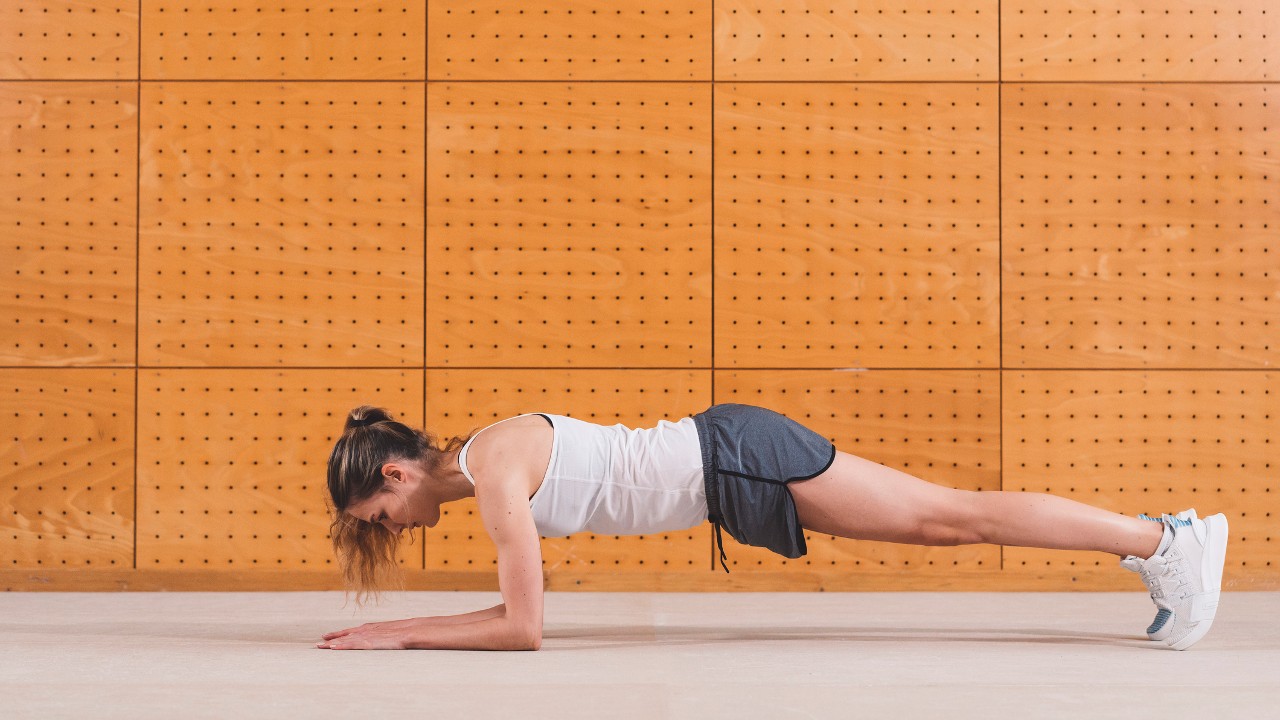
Time 30sec Rest 30sec
This bodyweight circuit finishes with a classic. Start with your forearms on the floor, elbows directly under your shoulders and hands together or pressed into the floor. Support your weight on your toes, with your shoulders, hips and ankles in a straight line. Squeeze your abs and glutes to help hold your body still, ensuring your lower back doesn’t arch and your hips don’t drop. Keep your breathing slow and controlled. Make it harder by keeping your feet together or slightly easier by keeping feet wider apart.
Walls says: “Planks strengthen your core, improve posture and reduce the risk of common issues like back pain. They come in many variations but before you try any others, you should aim to build up to at least two minutes on your elbows or with straight arms.”

Sam Rider is an experienced freelance journalist, specialising in health, fitness and wellness. For over a decade he's reported on Olympic Games, CrossFit Games and World Cups, and quizzed luminaries of elite sport, nutrition and strength and conditioning. Sam is also a REPS level 3 qualified personal trainer, online coach and founder of Your Daily Fix. Sam is also Coach’s designated reviewer of massage guns and fitness mirrors.
